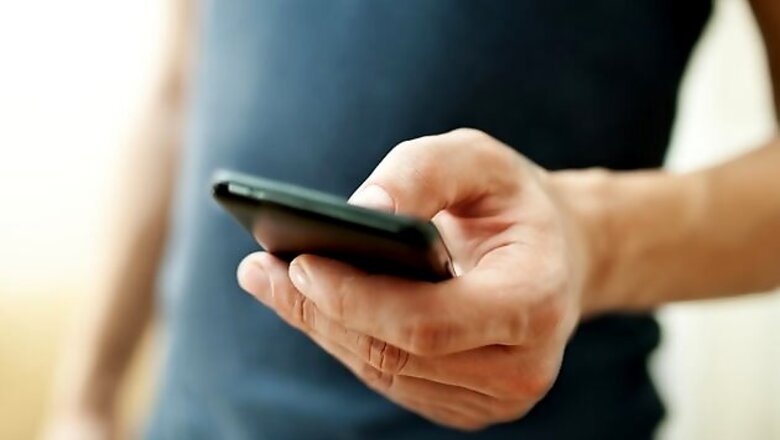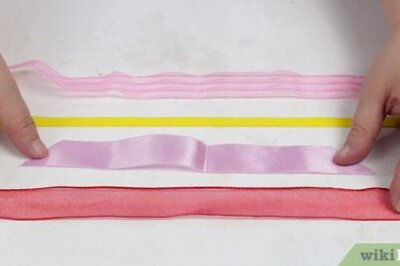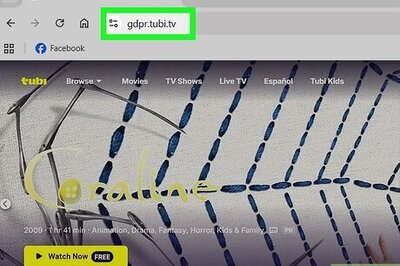
views
Houston: Doctor in your pocket! Smartphones are not only capable of providing directions or sending photos and videos to your friends, they can also diagnose diseases in real-time, scientists say.
Researchers from the University of Houston are developing a disease diagnostic system that offers results that could be read using only a smartphone and a $20 lens attachment.
The new device, like essentially all diagnostic tools, relies on specific chemical interactions that form between something that causes a disease a virus or bacteria, for example and a molecule that bonds with that one thing only, like a disease-fighting antibody.
The system developed by Jiming Bao and Richard Willson involves a simple glass slide and a thin film of gold with thousands of holes poked in it.
The glass slide is covered by a film of gold with ordered rows and columns of transparent holes where light can pass
through.
The device diagnoses an illness by blocking the light with a disease-antibody bond and a few additional ingredients.
The disease antibodies are placed in the holes, where they are coaxed into sticking to the glass surface.
A biological sample is flowed over the slide. If the sample contains the bacteria or virus being sought out, it will bond with the antibody in the hole.
A second round of antibodies is then flowed that bond with the bacteria over the slide.
Attached to these antibodies are enzymes that produce silver particles when exposed to certain chemicals.
With this second set of antibodies now attached to any bacteria in the holes, the entire system is then exposed to the chemicals that encourage silver production.
About 15 minutes later the slide is rinsed off. Thanks to chemical properties of the gold, the silver particles in the holes remain in place, completely blocking light.
A basic microscope used in elementary school classrooms provides enough light and magnification to show whether the holes are blocked, Willson said.
With a few small tweaks, a similar reading could almost certainly be made with a smartphone's camera, flash and an attachable lens, researchers said.
The system promises readouts that are affordable and easy to interpret.
The study featured in ACS Photonics.



















Comments
0 comment